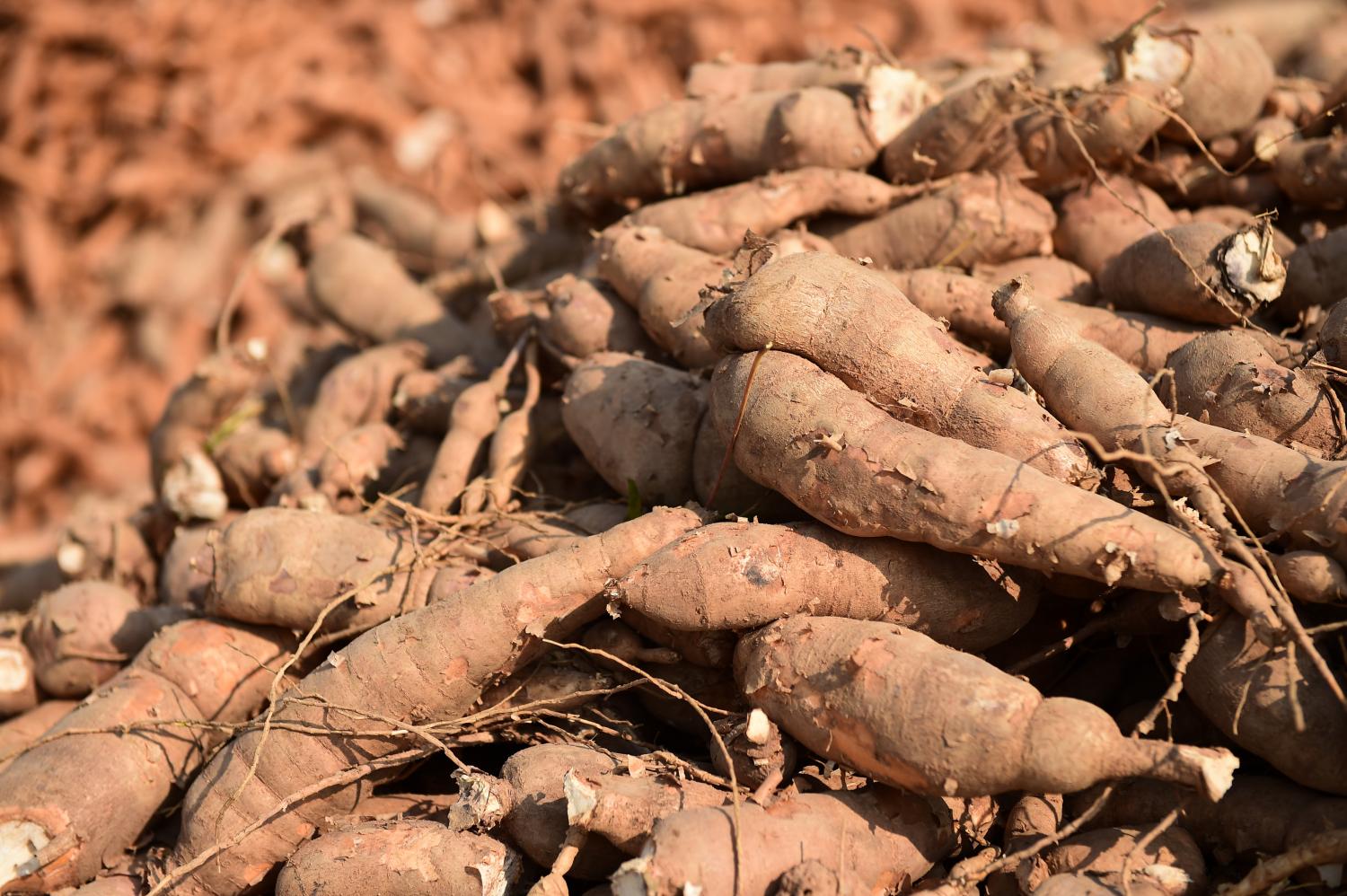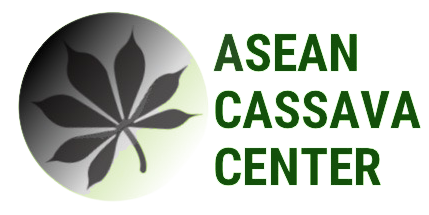Vietnam: Cassava Waste Management

Cassava waste management
The cassava industry in Vietnam generates various biowastes, including stems and leaves left in fields as organic fertilizer or burnt, while minor by-products like dry peels and black starch are treated (wet pulp for animal feed and wastewater for biogas). Vietnam's climate supports anaerobic digestion (AD) due to suitable microbial activity conditions. Various AD technologies are in use, including Chinese KT1, Indian KT2 and KT3 floating biogas digesters, PE biogas bags, and composite digesters for waste treatment and biogas production.
Multiple industrial sectors employ biogas production technology, benefiting breweries, alcohol factories, cassava processing plants, and food processing facilities. Biogas bags made of PE are cost-effective for small farmers, while durable composite digesters are common. Biogas systems are categorized as Small Biogas Plants (SBP), Medium Biogas Plants (MBP), and Large Biogas Plants (LBP), with digestate, the residue from anaerobic digestion, utilized as fertilizer and soil amendment.
Biogas primarily serves cooking, heating, and lighting in households with digesters, while industries use it for heat production, replacing fuel oil or coal. Excess gas may be flared or released, and power generation occurs in some cassava processing plants.
Biogas technology in Vietnam yields multifaceted impacts. Economically, it reduces space requirements, chemical use, and energy needs, promoting microbial sludge reuse. Environmentally, it lowers sludge and odor, enhances COD loading capacity, and curbs greenhouse gas emissions. Societally, it generates job opportunities near industrial sites.
Government Initiatives
Government support in Vietnam includes financial incentives for livestock households, programs like the "Biogas program for the livestock industry," and projects like Biolive. Strategies for biogas technology development involve completing institutional and legal frameworks, promoting technology application, and creating a conducive environment.
Innovation/Modern technology
Opportunities for biogas technology include its applicability in livestock farms, various organic-rich industries, and urban solid waste landfills. Barriers include a lack of political support, complex administrative procedures, unclear tax and incentive policies, and limited information about energy policy.
SWOT Analysis
A SWOT analysis reveals strengths in biomass availability and suitable climate but highlights weaknesses in the local production of biogas technologies. Opportunities lie in energy demand growth and job creation, while threats include undeveloped biogas markets and technical barriers.
To further develop biogas technology in Vietnam, it's proposed to explore attached growth digesters and anaerobic hybrid reactors, enhancing efficiency and reducing space requirements. Knowledge dissemination through training courses and the establishment of local networks are also crucial steps for biogas technology development in the country.
